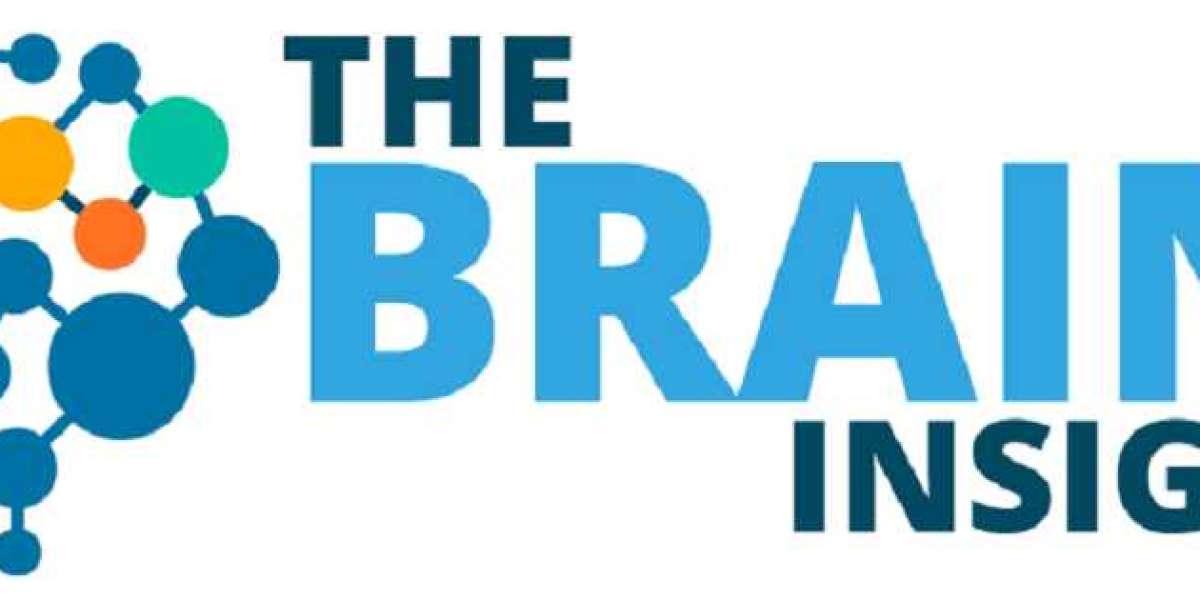In the fast-paced world of finance, the success of lending institutions hinges on their ability to make informed and prudent credit decisions. The advent of advanced technology has revolutionized the lending landscape, introducing sophisticated tools to streamline the credit origination process and enhance credit risk management. In this guide, we'll explore the crucial components of Credit Origination Software (COS) and Credit Risk Management Software (CRMS) to help financial institutions navigate the complex terrain of credit.
Credit Origination Software (COS)
1. Efficient Application Processing:
Credit Origination Software automates and accelerates the loan application process. From data collection to verification, it ensures a seamless experience for both applicants and lenders. The software typically incorporates advanced algorithms to assess the creditworthiness of applicants, taking into account various factors such as credit history, income, and debt-to-income ratio.
2. Data Integration and Decisioning:
COS integrates with diverse data sources, including credit bureaus, financial statements, and employment records. This allows lenders to make data-driven decisions, reducing the risk of errors and fraud. Decision engines within the software help in evaluating the gathered data, enabling faster and more accurate credit decisions.
3. Customizable Workflows:
One size does not fit all in credit origination. COS provides customizable workflows that can be tailored to the specific needs of each lending institution. This flexibility ensures that the software aligns with the unique processes and policies of the organization.
4. Compliance and Regulatory Support:
Staying compliant with industry regulations is paramount. Credit Origination Software is designed to automate compliance checks, ensuring that every loan application adheres to regulatory standards. This not only minimizes the risk of legal issues but also enhances the credibility of the lending institution.
Credit Risk Management Software (CRMS)
1. Portfolio Analysis:
A robust CRMS offers tools for analyzing the overall health of a lending portfolio. It enables institutions to identify potential risks, monitor trends, and make data-driven decisions to optimize the composition of their portfolios. This proactive approach is essential for maintaining a healthy balance between risk and reward.
2. Scenario Analysis and Stress Testing:
The financial landscape is unpredictable, and CRMS helps institutions prepare for uncertainties. Scenario analysis and stress testing features allow lenders to simulate various economic conditions and assess the impact on their portfolios. This foresight is invaluable in developing risk mitigation strategies.
3. Credit Scoring and Monitoring:
CRMS utilizes advanced credit scoring models to evaluate the creditworthiness of borrowers continuously. By monitoring the credit profiles of existing clients, lenders can identify early signs of financial distress and take preventive measures. This proactive monitoring is crucial for minimizing default risks.
4. Comprehensive Reporting and Dashboards:
Visualization is key to effective decision-making. CRMS provides comprehensive reporting and dashboards that offer insights into key performance indicators, risk exposures, and portfolio metrics. This real-time information empowers decision-makers with the data needed to steer the institution in the right direction.
Conclusion
In conclusion, the integration of Credit Origination Software and Credit Risk Management Software is instrumental in shaping the success and sustainability of lending institutions. The synergy between these technologies streamlines the lending process, enhances decision-making, and fortifies risk management strategies. As the financial landscape continues to evolve, institutions that invest in cutting-edge credit technology will be better positioned to thrive in a competitive and dynamic market. Embracing these tools isn't just a technological upgrade; it's a strategic imperative for the future of lending.








